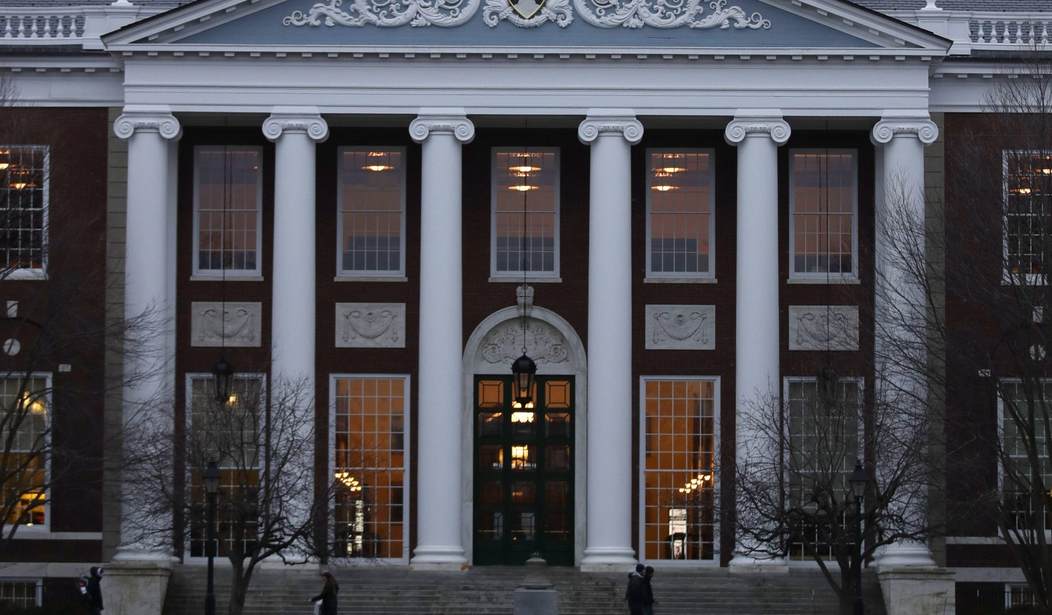America’s leading universities have begun to respond to the financial consequences of the coronavirus pandemic. Duke University will “pause” construction projects, new expenditures, and hiring, and freeze salaries (with the possibility of a bonus for employees earning less than $50,000). Princeton University will suspend faculty and staff salary increases, freezing new hiring save in exceptional circumstances, giving notice that the number of temporary, casual, and contracted positions is likely to plummet at the end of the semester, asking managers to reassign staff whose regular jobs are face-to-face to take on new tasks, and cutting all “non-essential spending.” Stanford University has frozen new hires and some of its top administrators have taken pay cuts—the provost and the president by 20% and other senior administrators by 5-10%.
These spending pauses and hiring freezes are partly a good idea. Colleges and universities need to be fiscally prudent as a depression suddenly looms. But they also freeze in place massively overgrown education bureaucracies. Ohio State University employs 88 diversity-related staff, which is 88 more than it needs. Harvard employs more than 50 Title IX coordinators, which is also surplus by 50. Sustainability, Student Success, Student Life, Residential Life, Community Engagement, First Year Experience, Multiculturalism, Equity, Inclusion—America’s universities, from the Ivies to the community colleges, possess vast bureaucracies that at best do nothing to promote education and for the most part, actively work to prevent it.
“Hiring freeze” is another way to say, “nobody gets fired.” And an awful lot of bureaucrats in higher education need firing.
It’s also a way to say, “We’re not going to dip into our endowment. The billion-dollar portfolio’s sacred; professors’ salaries, not so much.”
The ratio of administrators to students has doubled since 1975; the ratio of faculty to students has scarcely budged. Our colleges and universities could easily lose one-fifth of their staff; in a pinch, they could do without one half. After all, 1975 wasn’t the Dark Ages. In fact, the colleges and universities back then were a sight more competent than they are today. The administrators ask for “shared sacrifice” because they know that in a competently run university they’d get their pink slips tomorrow. The bureaucrats “share” as do all parasites—their hosts sacrifice and the parasites share.
If the faculty unions had any gumption, they’d demand that the universities start reducing the number of administrators before they ask any sacrifice from the faculty. Gumption they probably don’t got. But students and parents are asked to pay more tuition, alumni and philanthropists are asked for more donations, lawmakers are asked to subsidize universities—they should see a great many administrative pink slips before they give our colleges a thin dime.
Stanford has done the best of our leading universities: its senior administrators took pay cuts. That’s not enough: Stanford’s president needs to start firing deans, and all their assistant deans, program coordinators, and executive assistants. So do all the college and university presidents.
Close your wallet until they do.
David Randall is Director of Research at the National Association of Scholars.









Join the conversation as a VIP Member